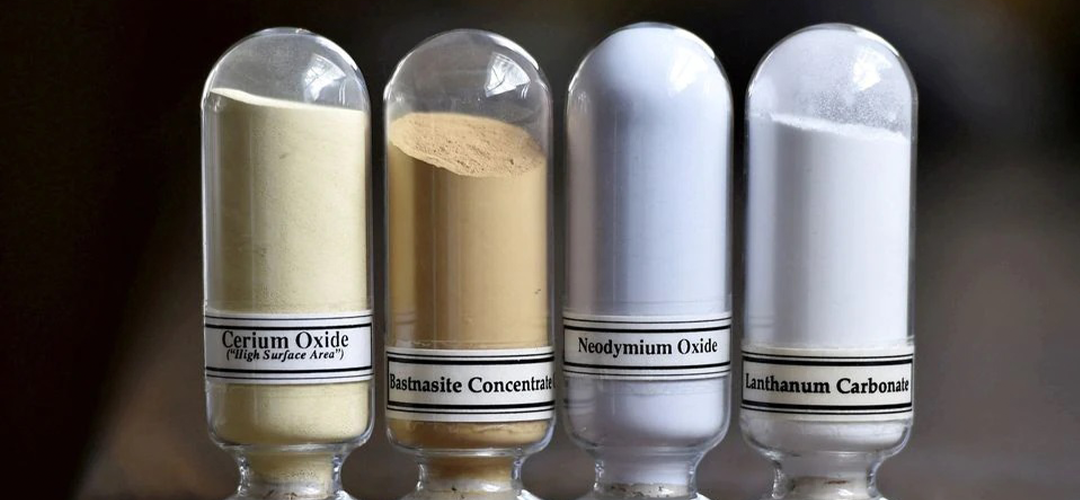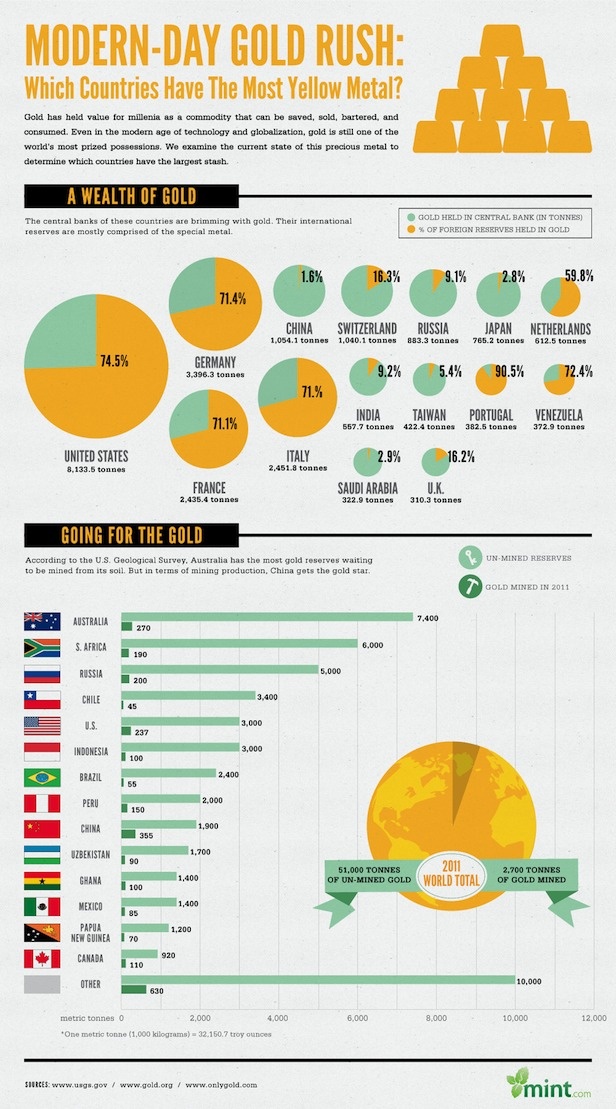GOLD RUSH FOR REE
July 23, 2022 | Expert Insights

The seventeen rare earth elements (REE) are no longer confined to the pages of the periodic table; they are out there in the real world at the heart of the newest high-tech devices rolling out of global factories. Catalysts, alloys, magnets, solar energy systems, and computers all employ these elements in minute quantities, but if unemployed, numerous devices would simply not function. They serve as the foundation for future technologies, particularly those related to the energy transition, such as all-electric vehicles, batteries, and networked devices. More importantly, in a host of cutting-edge weaponry, including jet engines, missile guidance systems, and anti-missile defence systems, rare earth minerals play a crucial role.
Last week, the Turkish Ministry of Energy and Natural Resources announced the discovery of a massive rare element field in the Central Anatolia region. After decades of sporadic investigations and studies that failed to yield conclusive results, this is referred to as the second most significant resource in the world. The reserve is known to harbour 694 million tonnes of reserves, next only to China, which now has the greatest rare element concentration with 800 million tonnes of reserves. Earlier this month, the Turkish Energy and Natural Resources Minister, Fatih Donmez, stated that “it would be less costly to extract elements, as the reserve is extremely close to the surface.”
Turkey estimates that once the mining and refining sectors are operational, it will be able to process 570,000 metric tonnes of rare-earth yearly. Although the precise materials discovered in Turkey are unknown, more than one-third of rare earth could be used in the automobile industry, particularly in electrified vehicles. Nevertheless, Kathryn Goodenough, the chief geologist at the British Geological Survey, suggests that we proceed with caution. Without a formal evaluation of these resources that satisfies the criteria of the international mining industry, she claims, it is impossible to fully understand the amount of the recoverable, high-grade rare earth elements contained in Turkey.
Background
Reports from the American Geological Survey Bulletin indicate that REE exploration has been ongoing in Turkey since the 1970s. The Aksu Diamas region contains heavy mineral sands at the pre-feasibility stage of development. The deposit is close to being developed and located, even though this has not yet led to production. The plan to explore renewable resources and conduct hydrocarbon explorations was only finalised during the tenure of former Energy and Natural Resources Minister Berat Albayrak, after numerous attempts to reduce Turkey’s reliance on foreign dependency had failed. He also pushed for reforms in the law governing mining and transformed important mines into highly valuable fields.
On the global outlook, China has consolidated its position as the world’s leading producer of rare earth; at one point, it supplied 90 per cent of worldwide demand. In 1992, Deng Xiaoping said, “Arabia has oil, China has rare earth.”
However, in 2010, the world, especially Japan, realised that excessive dependence on a single supplier could adversely affect companies and economies. All supplies of REEs from China to Japan were halted for more than two months after a brief altercation between Japanese and Chinese boats in the disputed waters of the East China Sea. Unprecedented price spikes were the effect of this. Japan was mostly unaffected by the supply shortage. Since then, major Japanese businesses like Toyota have become even more aggressive in looking for safe access to rare earths outside China. Today, just 60 per cent of it is sourced in China, with the rest coming from other nations, like the Quad (Australia, India, Japan, and the United States). So, if Turkey’s speculations are correct, then it could become a strategic partner to either China or Quad members.

Analysis
If Turkey's newfound primacy in the critical field of REEs becomes a reality, there are many geopolitical advantages accruing to Ankara.
For one, Turkey may challenge Beijing in this industrial sector and draw Foreign Direct Investment, as well as the attention of Western corporations. Second, NATO depends almost entirely on shipments of rare earths from China. To break the Chinese monopoly, the White House might utilise its ties with Ankara and Turkey's NATO membership to its advantage to purchase or invest heavily in producing rare earth elements and deflate Beijing. Washington may also support Ankara’s pan-Turkish policy in Central Asia and the Uighur cause to stand in opposition to China in this area.
On the other hand, Beijing might try to lure Turkey into its fold and try to create a common REE bloc with offers of technical assistance and investments. This could be in line with ongoing BRI projects that both countries are jointly pursuing because, after all, China is the acknowledged last word in extracting REEs profitably.
Assessment
- China's dominant position as the leading source and developer of REEs is unlikely to be threatened by the Turkish finds. It is not the size of its reserve that gives China the edge over other countries in the rare-earth market; it is China’s capacity for extraction, purification, and regeneration and its extensive industrial network for producing low-priced products.
- Converting Turkey’s discovery into usable production and exports depends on building the necessary processing plants. It is a very complex process, and an active supply chain induced by the discovery is bleak, given its costly process and enormous environmental impacts.
- Therefore, we shall have to wait and see how Turkey develops its REE capacity before it can hope to gain geopolitically for the recent finds








Comments